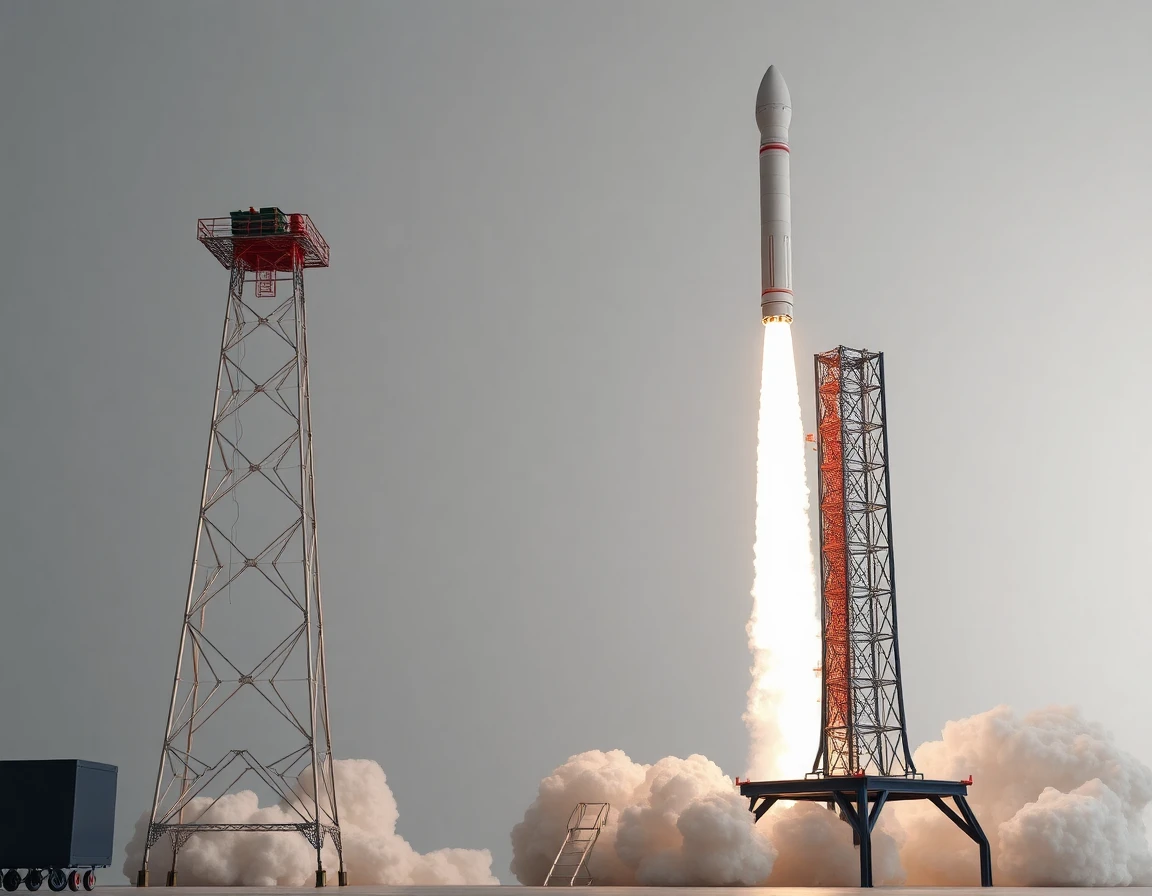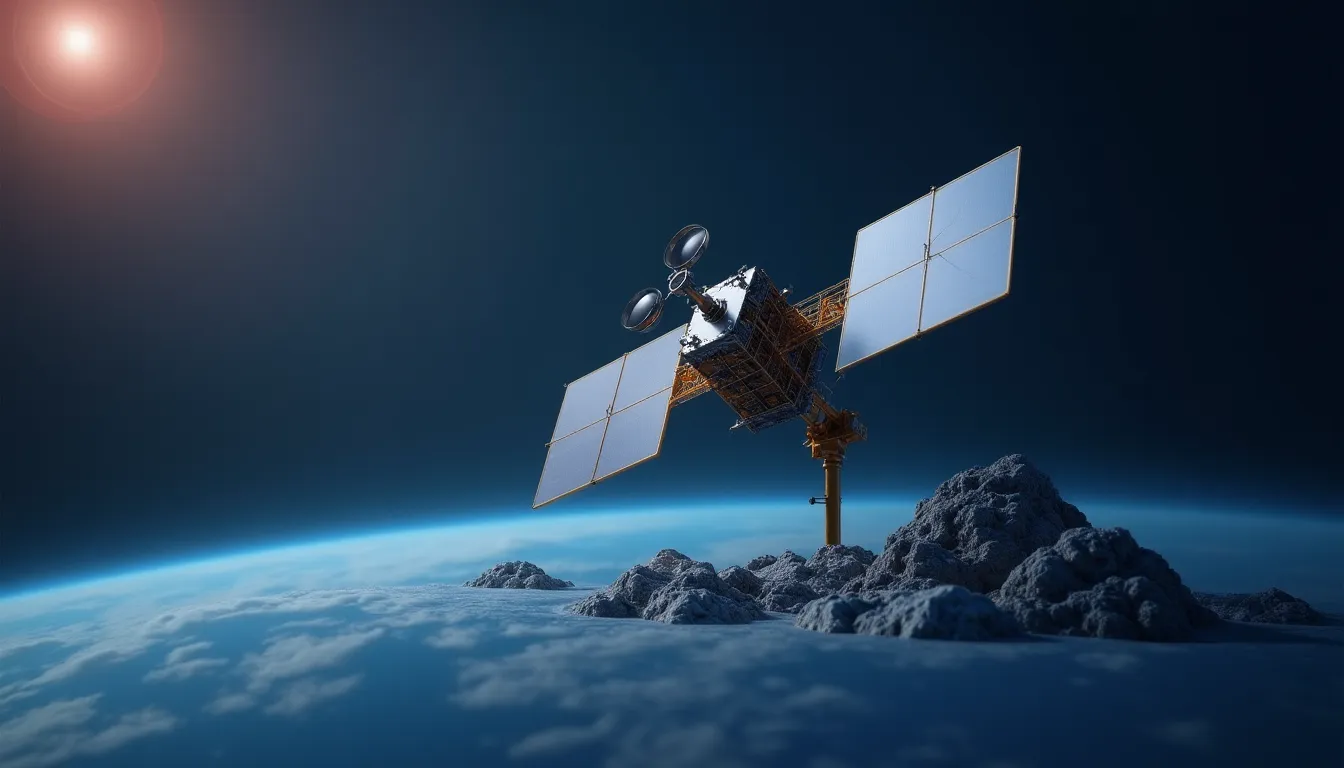West Virginia has officially joined the growing list of states that are allocating portions of their rural broadband subsidy funds to satellite technology. This strategic move aims to bridge the digital divide in rural areas, where traditional internet infrastructure often falls short.
The Importance of Satellite Technology in Rural Connectivity
As rural communities continue to struggle with inadequate internet access, satellite technology presents a compelling solution. Unlike fiber-optic and cable connections, satellites can deliver high-speed internet to remote locations without the need for extensive ground infrastructure. This is particularly crucial in West Virginia, where mountainous terrain complicates the deployment of traditional broadband solutions.
West Virginia’s decision reflects broader national trends, with other states such as Iowa and Arkansas also embracing satellite solutions to bolster their respective broadband efforts. According to a recent report from the Federal Communications Commission (FCC), approximately 19 million Americans still lack access to high-speed internet, with a significant percentage residing in rural areas.
Expert Insights on Satellite Solutions
“Satellite internet is not just a backup for rural communities; it can be the primary solution that ensures connectivity and digital equity,” says Dr. Emily Johnson, a telecommunications expert at the University of West Virginia. “With advancements in satellite technology, we can now provide reliable and fast internet connections where traditional methods fail.”
Technical Advancements Fueling Satellite Connectivity
The evolution of satellite technology has been remarkable over the past decade. Innovations such as low Earth orbit (LEO) satellites are changing the game by reducing latency and increasing bandwidth. Companies like SpaceX with its Starlink constellation and Amazon’s Project Kuiper are leading the charge to provide high-speed internet through satellites.
Advanced inertial navigation systems and precision accelerometers are integral to these satellite networks, ensuring accurate positioning and reliable data transmission. These technologies allow satellites to maintain their orbits and optimize coverage areas, making it easier to target underserved regions effectively.
The Role of Government Subsidies in Expanding Access
The allocation of rural broadband subsidies to satellite initiatives is part of a larger federal strategy to enhance internet access through the Infrastructure Investment and Jobs Act. Under this act, billions of dollars are being allocated to improve broadband infrastructure, with a specific focus on underserved areas.
“This initiative is a game-changer for rural communities. By utilizing satellite technology, we can not only improve internet access but also support local economies and educational opportunities,” states Senator Joe Manchin of West Virginia.
Future Developments and Potential Challenges
While the prospects of satellite Internet are promising, challenges remain. The initial investment in satellite infrastructure is substantial, and there are ongoing concerns about service reliability during inclement weather. Moreover, regulatory hurdles and competition among satellite providers can complicate the implementation process.
However, as technology continues to advance, the cost of deploying satellite systems is expected to decrease. This trend was echoed by industry analyst Mark Reynolds, who notes, “The future of satellite broadband looks bright, especially as companies innovate and find ways to offer competitive pricing for consumers.”
Conclusion: A New Era for Broadband Access
West Virginia’s decision to embrace satellite technology for rural broadband is a significant step toward achieving digital equity. As more states recognize the potential of satellites to provide reliable internet access, the landscape of broadband connectivity in the United States will likely change dramatically. The integration of advanced technologies such as thermal management systems will further enhance the performance and reliability of satellite networks, ensuring that even the most remote communities can stay connected in the digital age.
In conclusion, the push for satellite-based solutions highlights an essential shift in how we address the challenges of rural connectivity. As investments continue and technology evolves, the dream of universal high-speed internet access for all Americans may soon become a reality.



